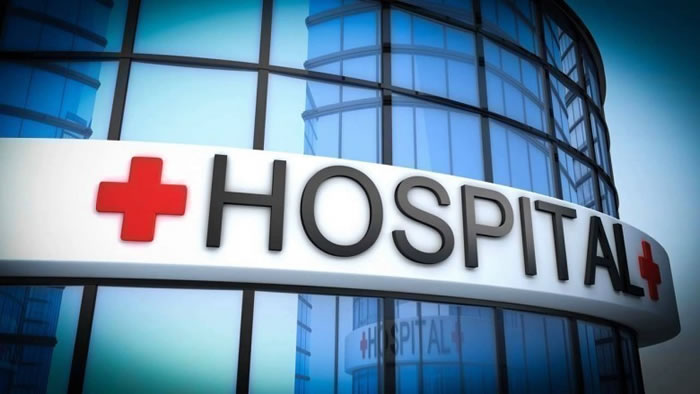As per insights, the Center for Healthcare Quality and Payment Reform (CHQPR) revealed that over 600 rural hospitals in the U.S. are facing financial instability, putting more than 30% of the country’s rural hospitals at risk of closure. For half of these hospitals, the risk of closure is immediate. Only five states, Delaware, Maryland, New Jersey, Rhode Island, and Utah, have rural hospitals not at risk. In over half of all states, at least a quarter of rural hospitals are facing closure, and in 16 states, the number rises to 40% or more.
The main reasons behind the dire financial situation of rural hospitals are twofold. Firstly, health plans are not adequately reimbursing rural hospitals, despite the fact that delivering healthcare in rural areas is more expensive due to smaller patient volumes and higher staff attraction costs. Surprisingly, private insurers pay rural hospitals less than Medicare and Medicaid, exacerbating their financial losses.
The second major issue is the low financial reserves of rural hospitals. Insights suggest most rural hospitals lack enough net assets to offset patient service losses for more than six or seven years. For the hospitals at immediate risk of closure, this period is reduced to just two years.
To prevent rural hospital closures, private insurers must increase payments to rural hospitals, estimating that an annual boost of about $4 billion would suffice. Additionally, the health plans should issue standby capacity payments to rural hospitals, recognizing the essential role they play in rural communities. The closure of rural hospitals would not only impact healthcare accessibility but also threaten industries vital to the country’s food supply and energy production, as many farms, ranches, mines, drilling sites, wind farms, and solar energy facilities are located in rural regions, dependent on the availability of healthcare services to attract and retain a workforce.


















